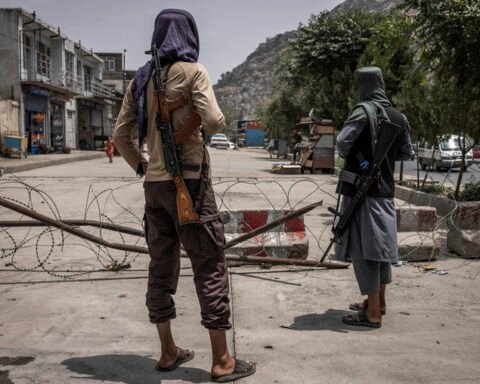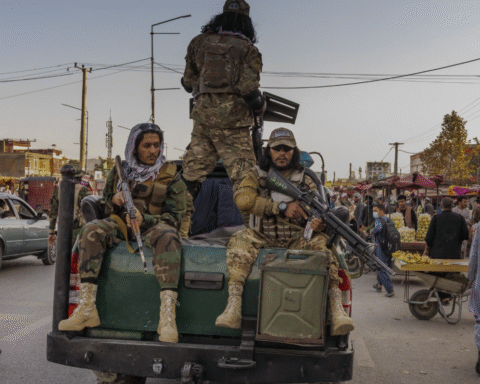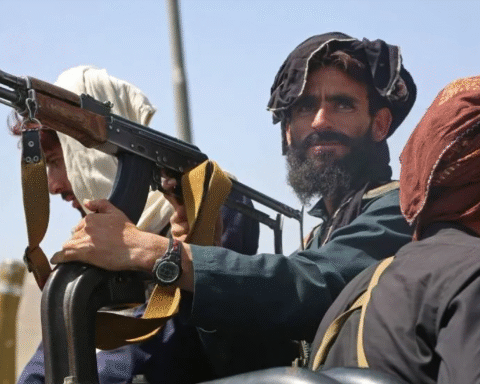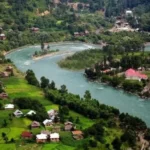The term freedom is typically envisioned as the relief of subjugation. It is commonly associated with crossing frontiers, opposition or revolt. However, in Kargil, where Ladakh has a Shite Muslim district, the meaning of liberty is different. In her Freedom in Captivity, Radhika Gupta makes us question the notion that
freedom is synonymous with resistance; could it be perhaps that freedom is the best way of achieving dignity within captivity?
This is a challenging question that destabilizes the way people generally reason about Kashmir and its politics.
Kargil is not Srinagar. It has never been the cauldron of separatism. Even as Kashmiris in the Valley yell azadi (freedom), Kargilis tend to assert themselves as members of the Indian nation. But this is a contradiction in which they exist. They proclaim their loyalties to the Indian state and feel not visible and unheard by the Indian state. They represent patriotism and they attend national festivals such as Vijay Diwas but behind all these festivals, their patriotism is prone to inconsistence.
And it is this discrepancy, this existence of loyalty and disappointment together, that Gupta names as freedom in captivity.
Captivity is not a coincidence in terms of metaphors. Kargil is trapped by geography, war and politics. After 1947 its direct flights to Baltistan were terminated. Snow seals it off the rest of India months each year. It is characterized by memory of the Kargil War of 1999 that India remembers as a military victory. However, in these accounts of heroism, the sacrifice of mere civilians is negated. They give their loyalty to the state but seldom receive reward in terms of recognition. Captivity, as it is used here is not merely physical but discursive.
Interesting about Gupta is with how Kargilis strike a deal with this captivity. They do not revolt with guns. They do not fantasize an independent state. They do not come to terms with life rather they adjust it. They also sing patriotic songs and demand roads, schools and rights. They can regard India with admiration, but they are mindful of their strength to destabilize its sovereignty in case they desired to do so. Blind is not their patriotism. It is tactical. It ensures life in a militarised frontier and creating small spaces of honour.
Religion is a major part of this bargaining. The Iranian Revolution of 1979 even found its way into Kargil not by way of force, but by way of ideas. The Shia spend on a regeneration awakening effect. Chartered scholars trained in Qum and Najaf returned with new views of resurgence. They taught reason, schooling and righteousness. The Imam Khomeini Memorial Trust became centre of activism. It transformed piety and politics, and older institutions such as the Islamia School contained alternative visions. Still, they both have demonstrated how local belonging could be constructed around global Shia networks. As opposed to the Valley, where Islam has been frequently interpreted as being insurgency, in Kargil it became a source of moral certainty. It was neither an appeal to arms nor a war cry.
Belonging does not just concern the state. It is also recognition in Ladakh and Kashmir. The Kargilis are a double minority, Shites among Sunnis, Muslims among Buddhists. They have historically felt marginalised by the overwhelming Ladakhi representation of Leh and stigmatised by the Kashmiri as noted frequently to distrust Shite. Their culture productions, poetry, folklore, rituals are a means to gain visibility. Such is the same political struggle over recognition as their involvement with the Indian state.
Gupta makes us aware that not only migration across borders refers to borders. They are also transfers of thought. Kargil can easily be isolated to Baltistan, but it has long links with Iraq, Iran and India in seminaries, mir travel, and poetry.
These intellectual trends cause that people imagine themselves in a specific way. They enable Kargilis to understand that freedom does not lie in the ability to cross borders, but to develop ethical lives within and through them. This is quite an effective re-conceptualization of what it is to be free.
The case study of Kargil is disconcerting. It informs us that not all ways to dignity involve resistance. In some situations, refusal to resist is not the choice that one can make, but to negotiate. They belong to captivity, but demand whatever freedom is in it. They create room to be agents within the frames that trap them.
This should serve as a time of reflection to India. It has not come without expenses that Kargil has innately showed her devotion. It has been fostered by years of negotiation, faith and compromise. And loyalties can take no nourishment in neglect. If recognition and development are few, resentment will intensify. The state cannot base patriotism without paying back in kind. Using border citizens as a symbolic guardian and neglecting their daily needs is a way of depleting their trust.
Freedom in Captivity compels us to re-evaluate freedom itself. But freedom to Kargilis does not mean independence of India. It is the capability of bringing home a liveable life with dignity and recognition within India. They are not rebelling and fighting back, but rather recalibrating and resilience. It questions the opposites of freedom and captivity, loyalty and resistance. It reminds that politics is less marked at the peripheries of nations, it is not vociferous; it is not in your face, but it is more profound.
Disclaimer: The views and opinions expressed in this article are exclusively those of the author and do not reflect the official stance, policies, or perspectives of the Platform.









